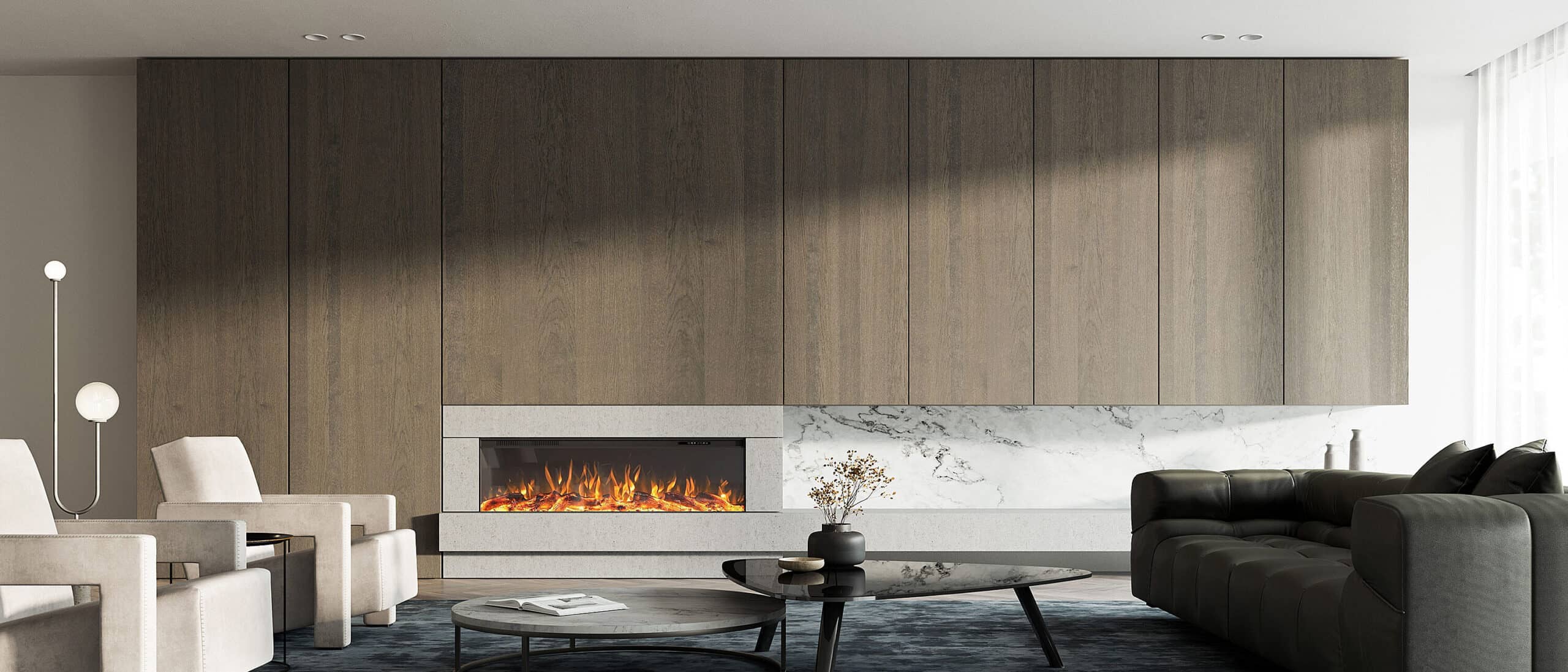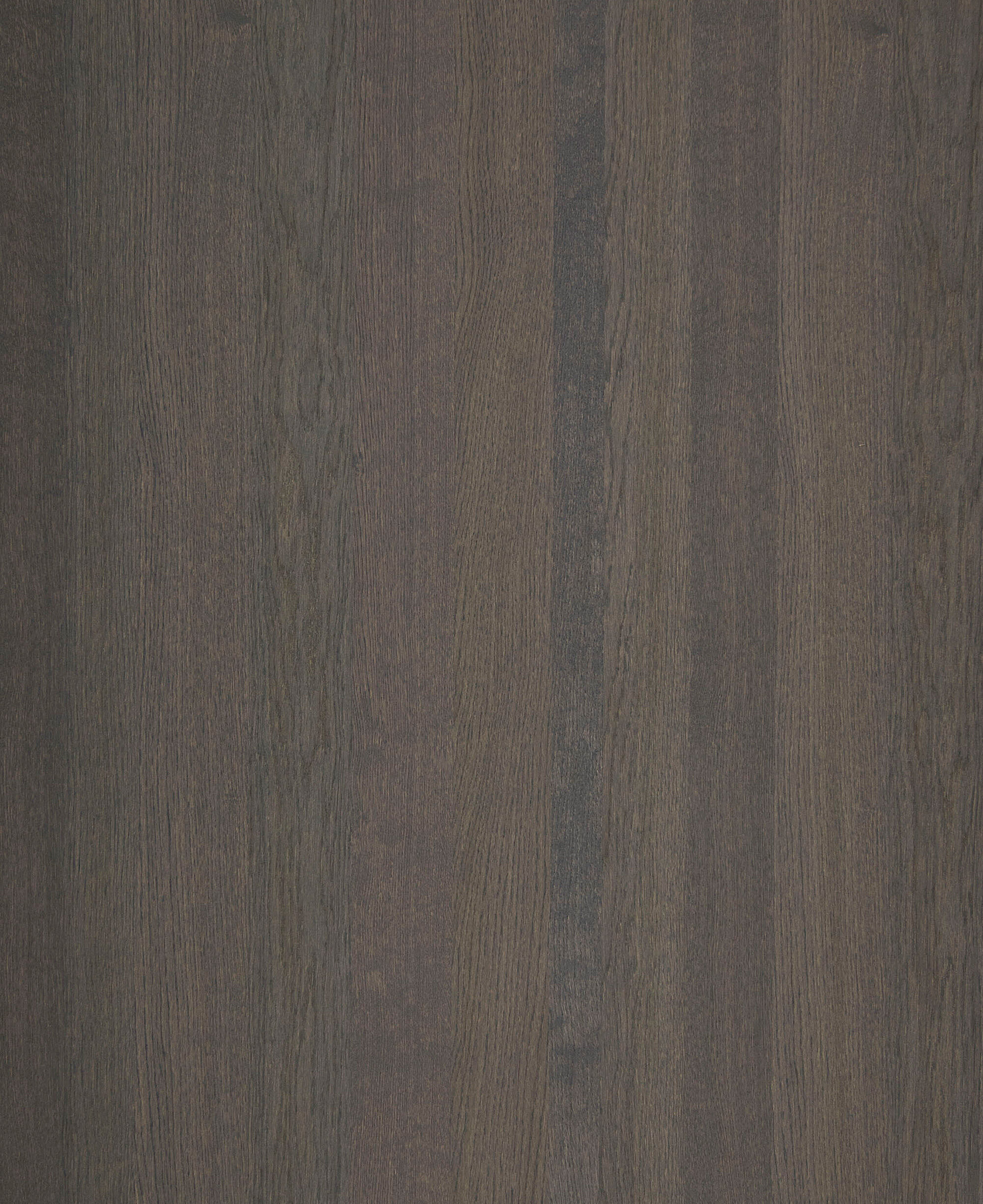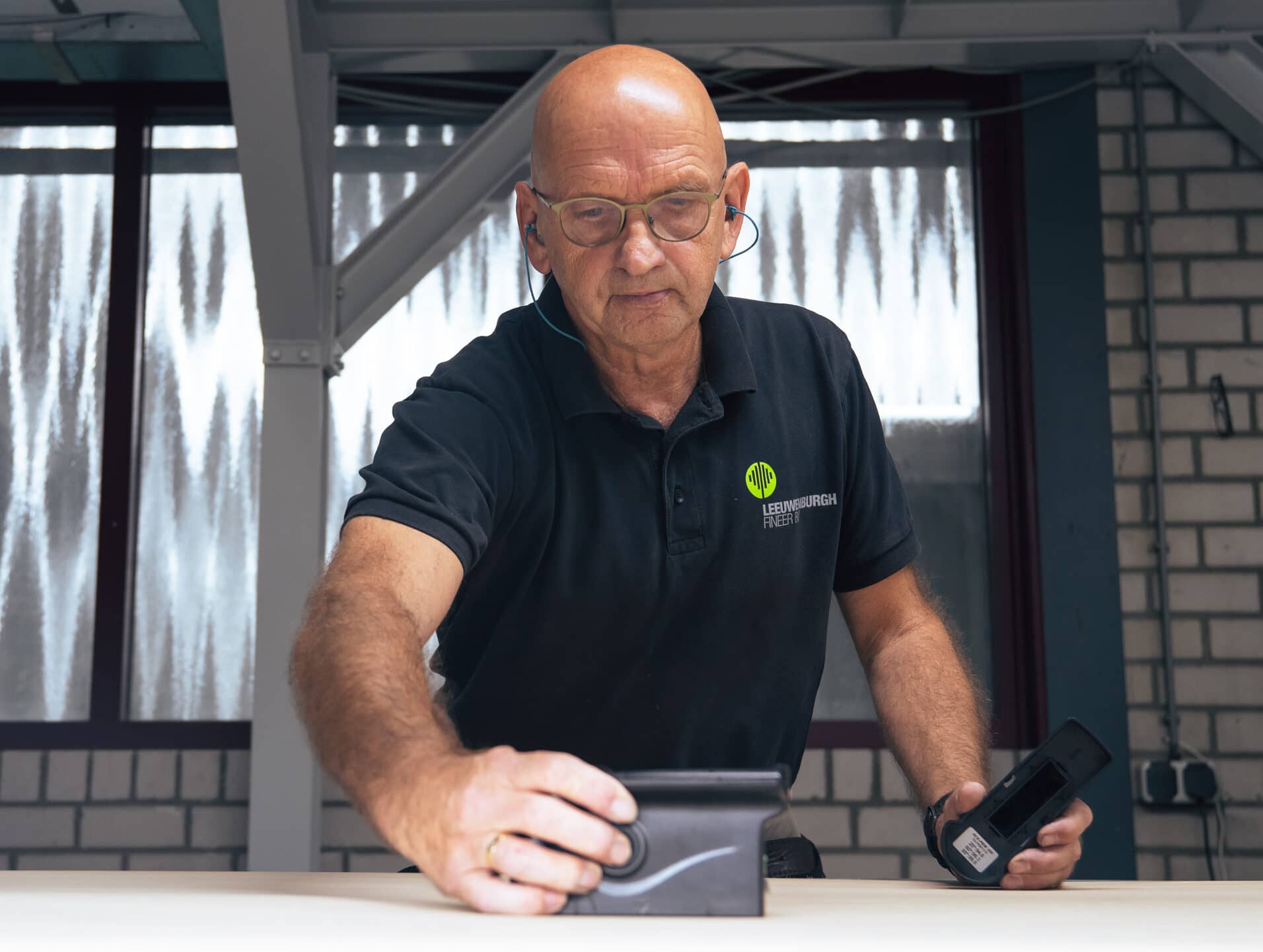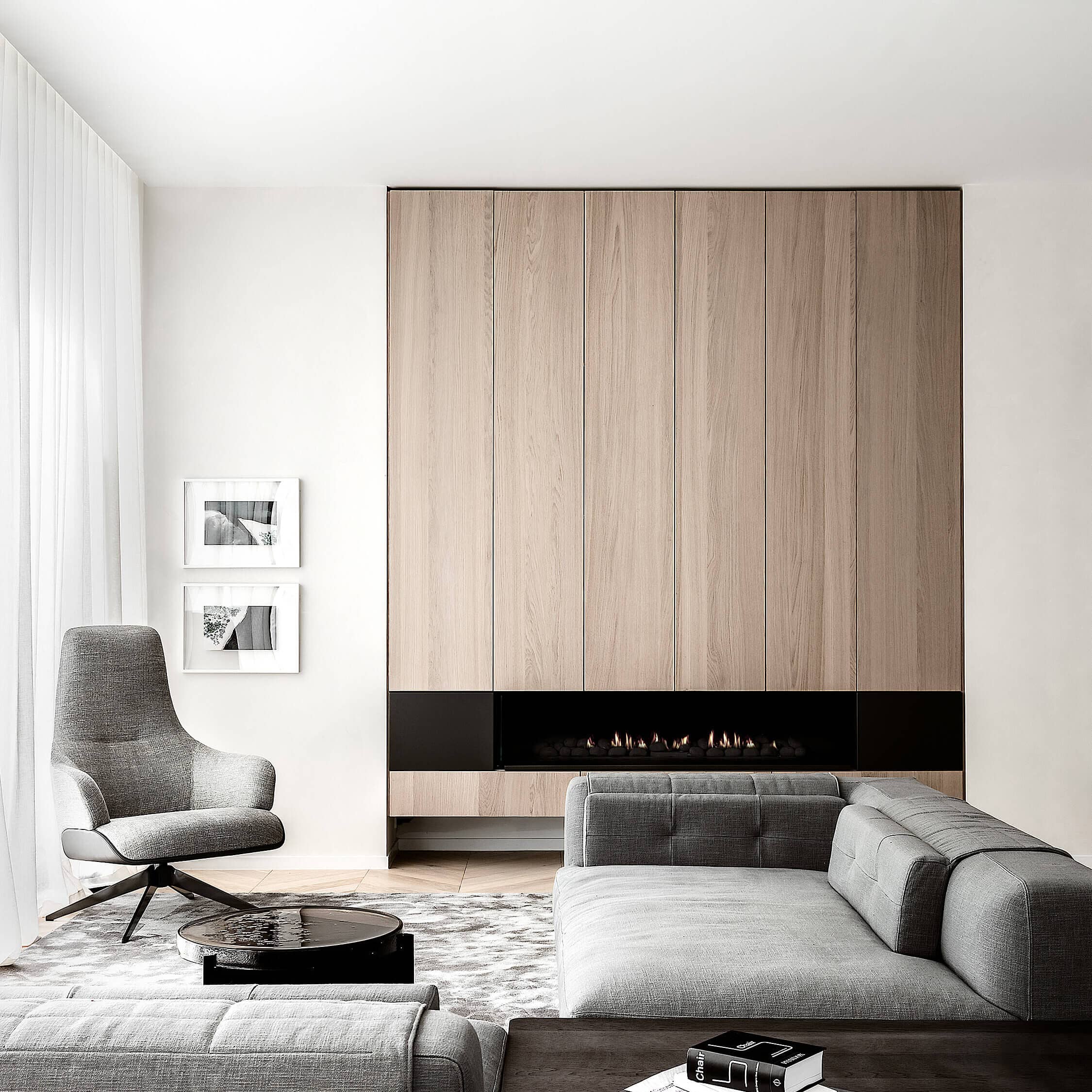Transforming surfaces
Elevating spaces

No samples have been selected yet.
All productsAll products
About Leeuwenburgh Fineer
Upgrade your interior project with the finest veneer nature has to offer.
Mastering wood veneer — since 1976
By shaping wood to our vision, we deliver veneer that excels in quality and workability. Even with large volumes and surface areas, we guarantee the highest possible consistency in color. This ensures your project gets the look it deserves.
Mastering quality — Premium veneer applications for yacht building
The origins of Leeuwenburgh can be traced back to yacht building, an absolute top-tier segment where we make no compromises on appearance or sustainable quality. A luxurious finish in the exact desired color and texture, leaving nothing to chance.
Mastering budget — The perfect balance between price and quality
The look and feel that an interior deserves, with the properties your project demands: flexible, cuttable, pre-sanded, wear-resistant, waterproof, impact-resistant, and more. Within the limits of your budget, we provide a solution that meets your practical and aesthetic requirements, with proven quality veneer.

096.1.0,C 3D Black Carbon

163.54 Oak Vibrant Dark Grey
We ensure our service by mastering the entire production process, sharing knowledge early in your project, and developing custom solutions where the application demands it. This way, you can always rely on high-quality veneer that is easy to work with.

Developed for interior builders, architects, and processors.

163.14 Oak Vibrant Grey Wash
By keeping the entire process in-house, Leeuwenburgh develops veneer that excels in both workability and appearance.
For our customers in yacht building, only the best is good enough. Interior builders are especially critical of the practical properties of our product. We always guarantee a solution that fits within the scope of your project.